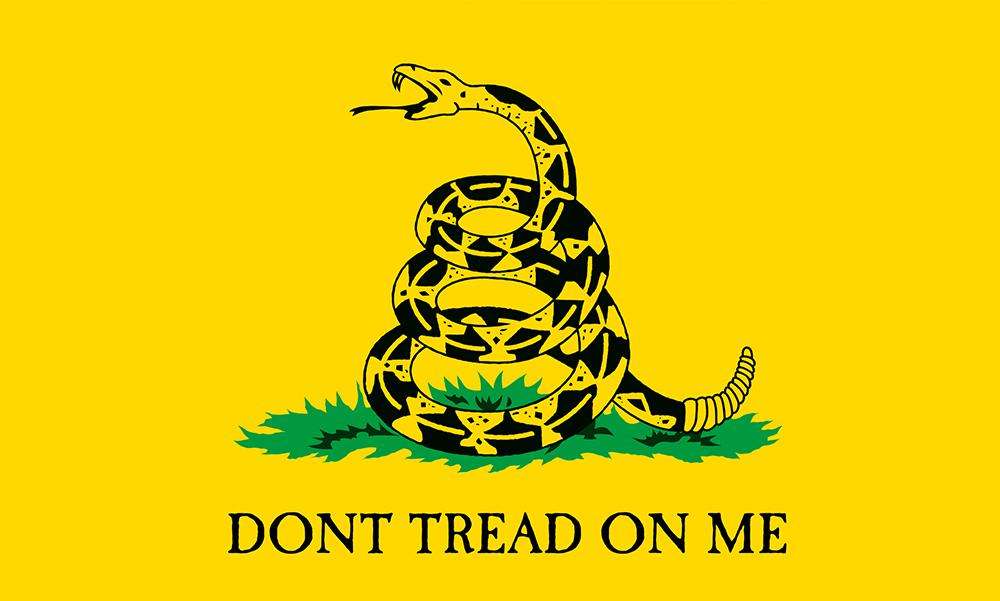A Flag with Rich History of Independence
The Gadsden Flag, also known as the "Don't Tread on Me" flag, is a historical American flag that holds a significant place in the country's history. Its origins date back to the American Revolution and it has since become an enduring symbol of American patriotism and resistance to tyranny.
The flag was designed by Christopher Gadsden, a politician, military leader, and statesman from South Carolina, in 1775. Gadsden was a member of the Continental Congress and served as a Colonel in the Continental Army. He presented the flag to the newly-formed American Navy in the southern colonies, particularly the first Commander-in-Chief of the Navy, Commodore Esek Hopkins.
The flag features a bright yellow background with a coiled timber rattlesnake in the center. The snake is in the striking position, ready to defend itself, and below it, there is a bold, capitalized text that reads "Don't Tread on Me." This slogan embodies a spirit of resistance and emphasizes the idea that Americans should not allow anyone to infringe upon their rights or freedoms.
The timber rattlesnake, as depicted on the flag, had already become a symbol of America during the Revolutionary War. It was chosen as a representation of the United States due to its native habitat throughout the thirteen colonies and its reputation as a fearsome and defiant creature. Benjamin Franklin once commented on the rattlesnake, stating that it never begins an attack but is a tenacious defender when provoked. These qualities resonated with the colonists' desire for independence and the symbol was quickly embraced.
During the American Revolution, the Gadsden Flag was used by the Continental Marines and Navy, as well as various militia groups. Its bold design and powerful message served to inspire and motivate the patriots fighting for American independence. The flag was often displayed at naval operations, protests, and rallies, effectively communicating the colonists' discontent with British rule.
While the flag faded from popular use for much of American history, it experienced a resurgence in the 20th century. It has been used in various contexts, most notably during times of social and political unrest. In recent years, it has been adopted by movements advocating for limited government, individual rights, and the preservation of American values.
Today, the Gadsden Flag remains an enduring symbol of American patriotism and resistance to government overreach. Its historical significance and powerful message continue to resonate with many Americans, making it a recognizable and cherished piece of American history.





